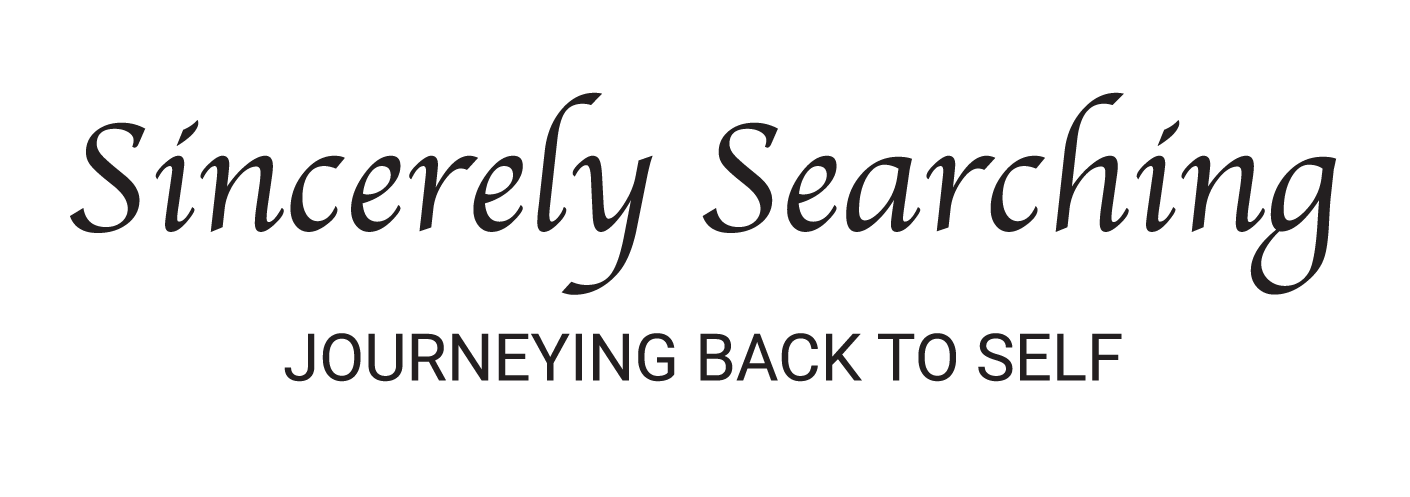Feeling Bad for Feeling Bad
Self Awareness
I caught myself in a conversation, feeling bad about my feelings. That realization made me pause—I wasn’t feeling bad. I was feeling hurt. And I felt bad because my hurt was making me angry.
Until that moment, I hadn’t realized how often I labeled my emotions as feeling bad instead of recognizing them. I thought, Wow, how many times have I done this to avoid myself? The irony struck me—I’m the one person I can’t avoid.
Every time I said, “I feel bad,” I sank deeper into confusion, masking the sadness I was really feeling. I didn’t realize that dismissing my emotions trapped me in a numbing state, preventing me from gaining clarity and helping myself.
When I chose to dig deeper, I realized my feeling bad was actually the pain I carried from a relationship. It wasn’t what I had hoped for—I wanted commitment, but he didn’t. That hurt. And that hurt made me angry. To protect myself, I made it about him. But then the guilt came—he wasn’t trying to hurt me; he was just doing what felt right for him.
Sitting with my sadness, I saw how much energy I had been leaking by giving my power away instead of simply acknowledging my hurt. Blaming him—building a story around why he couldn’t commit—was easier than letting myself fully feel the sadness of it not working out.
I try to remind myself that life happens for me, not to me—but I still forget and sometimes blame things outside myself instead of looking within. While I catch it faster now, it still surprises me how automatic the habit is. Pain incoming? Shut down. Don’t feel it. Avoid it. But really, that just means Pain incoming? Store it up. Let it get stuck with no way out, only to cause more pain. No thank you, I’m done with that.
Recognizing my hurt allowed me to see the anger it concealed. Acknowledging that anger gave me the power to consciously let it go. Meanwhile, saying “I feel bad” had kept me trapped in a loop of confusion. By validating my emotions—hurt and anger—without over-identifying or giving them a story, I reclaimed my emotional sovereignty.
Now, I pay attention to the words I use as clues into my inner world. I listen to how I express my feelings—to myself and others. When I repeat a story for validation, I stay stuck in my swirl and dump my emotions onto others. But when I listen, I can turn my swirling thoughts into clear sentences—and find clarity.
Next time you catch yourself saying, “I feel bad,” pause and ask yourself: What am I really feeling?
Sincerely Searching 💓

